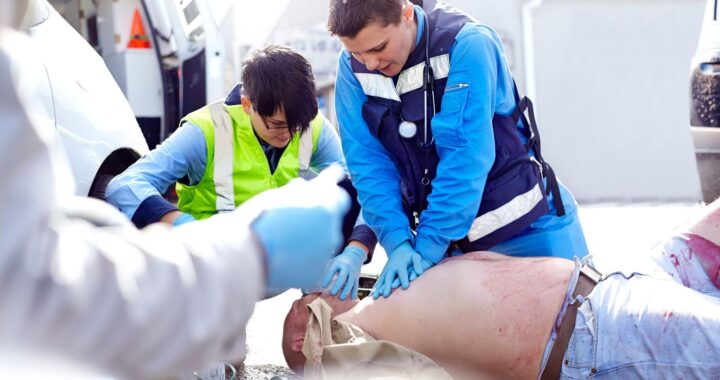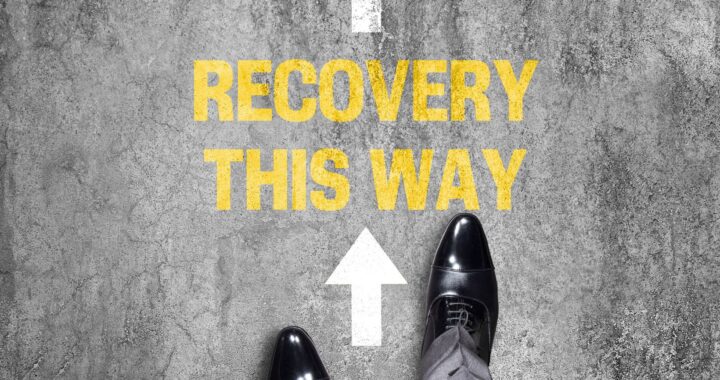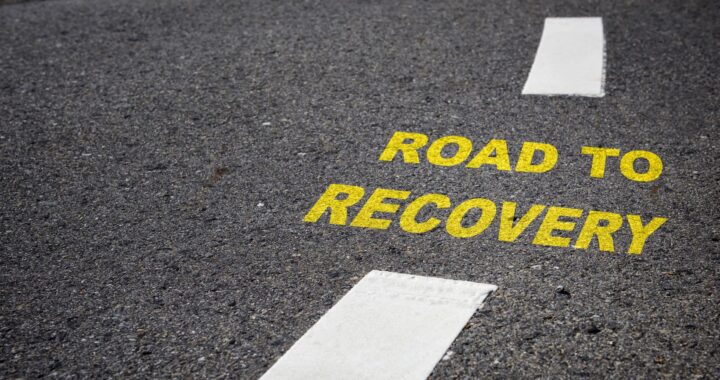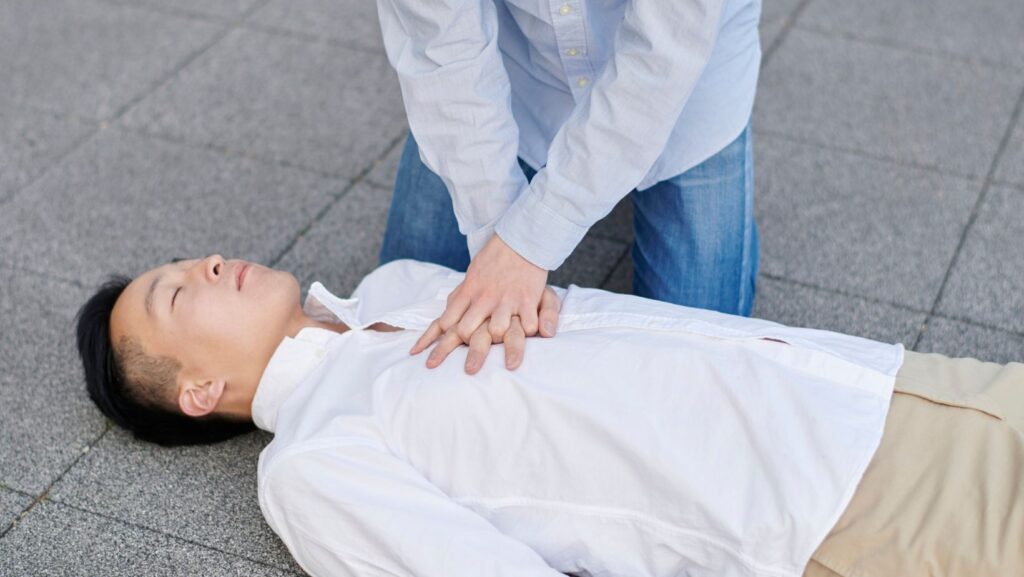
Certified in CPR for Disaster Relief and Emergency Response Volunteers
When disaster strikes, such as wildfires in California, hurricanes in Florida, or tornadoes in the Midwest, volunteers are often the first ones on the ground. They may not be medical professionals, but in those first few minutes, they can mean the difference between panic and protection.
That’s why being certified in CPR isn’t just another credential—it’s part of your responsibility as a volunteer. When you’re certified in CPR for disaster relief and emergency response, you know exactly what to do when the situation turns urgent. You can perform chest compressions, use an AED, and support victims until medical teams take over.
More and more organizations around the world now require CPR training for relief workers. In this guide, you’ll learn why being certified in CPR matters so much in disaster response, what the training involves, and how it prepares you to stay calm and act effectively when it’s needed most.
Why Certification Matters for Volunteers
In every disaster, there is a moment when things fall silent. People look around, waiting for someone to act. That someone is often a volunteer. But stepping forward takes more than courage — it takes skill. When you are certified in CPR, you know exactly what to do instead of guessing or panicking.
When Training Replaces Fear
Most people want to help, but hesitate when faced with someone who is not breathing. It is not easy to stay calm at that moment. CPR training removes that fear. You know how to check, when to start, and how to keep going until help arrives. That kind of preparation changes how you respond under pressure. During the 2023 Maui wildfires, many local volunteers with CPR certification provided lifesaving assistance before responders arrived.
Calm Brings Order
During a disaster, calm is contagious. That calm focus often inspires others to act instead of freeze. Trained volunteers don’t rush or shout; they move with focus. Their actions remind others that help is possible, even in chaos.
Part of Something Bigger
When you walk into a disaster site, being trained means you’re not just another volunteer—you’re part of a coordinated network that others can rely on. Teams depend on people who know what to do and can keep their composure. That trust is what makes response efforts stronger and faster.
Key Benefits of CPR Training in Emergency Relief Work
When disaster strikes, people often freeze. There is confusion, noise, and fear everywhere. In moments like that, someone who knows CPR steps forward without thinking twice. They know what to do, and that simple confidence can change everything.
Quick Response Saves Time and Lives
A few seconds can decide what happens to a person who stops breathing. Volunteers who have learned CPR do not waste time looking for someone else to act. They kneel beside the person, check for breathing, and start compressions right away. That quick response keeps blood flowing until help arrives, giving the victim a real chance to survive.
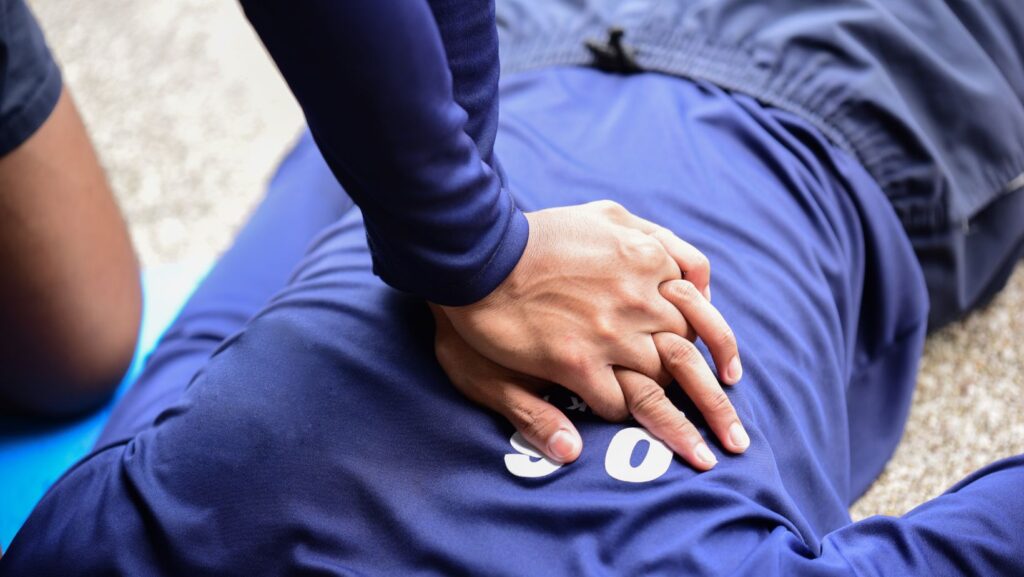
Confidence That Others Can Lean On
Every group needs someone who stays calm when things fall apart. In a disaster, that calm comes from training. People who know CPR often become the steady voice in the middle of panic. They show others how to help, guide them to stay organized, and bring a sense of order to the chaos around them.
Stronger Communities, Safer People
The impact of CPR training goes beyond one emergency. It spreads through the community. When more people learn how to respond, the whole group becomes safer. Everyone knows someone nearby can help if things go wrong. Being certified in CPR builds that shared confidence and safety that every community needs during a crisis.
Building a Safer Future Through CPR Certification
Learning CPR is more than a class or a certificate. It is a way to be ready when someone’s life depends on what you do next. Being certified in CPR gives you that readiness — the confidence to act when everyone else is unsure. The CPR/AED Certification Course is one of the easiest ways to start. It teaches you the right steps and lets you practice until you feel sure of yourself.
Strong communities are built by people who care enough to prepare. Every person who learns CPR adds another layer of safety for everyone else. Take the time to learn it. Share it with your friends, your coworkers, or your family. One day, you might be the reason someone gets to go home again.
